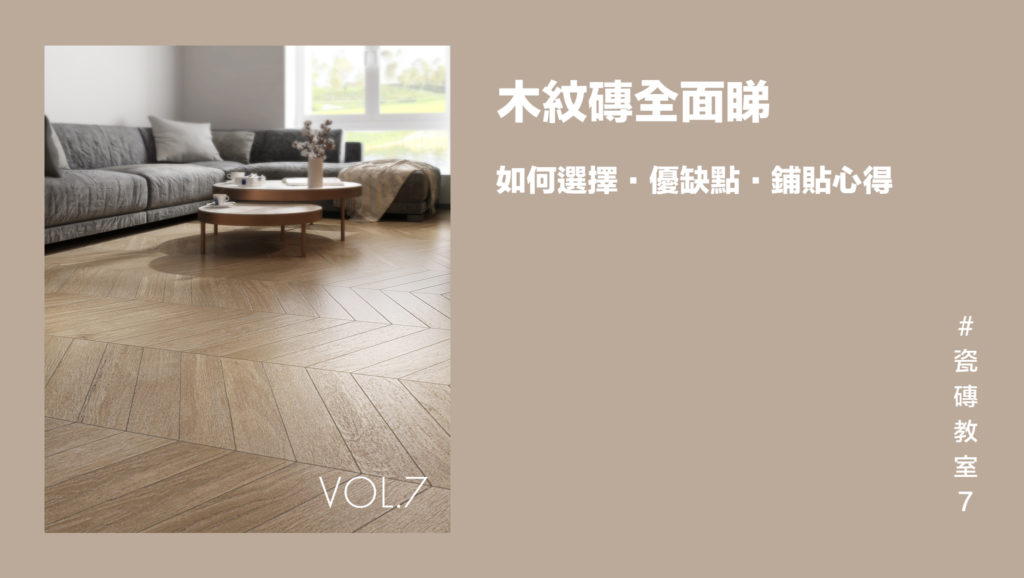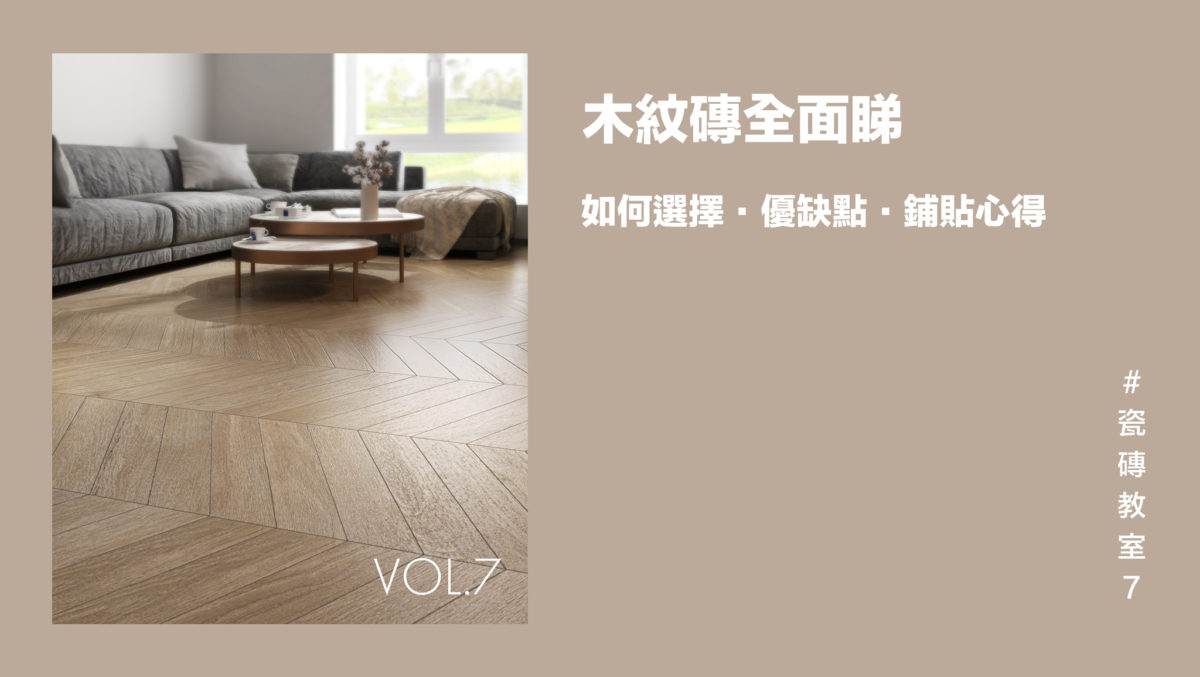
Many people wish to create a Scandinavian style home. Timber Tiles, with the texture of wood and outstanding performance of ceramic tiles, have become the choice of many. People often ask: What are the differences between Timber Tiles and wooden floorboards? What are advantages and disadvantages of choosing Timber Tiles? How to choose the right Timber Tiles? Let us answer your various questions in the following articles.
What size do Timber Tiles generally have?
木紋磚尺寸通常為900x150mm、1000x200mm、1200x200mm、1500x250mm、1800x225mm的規格。 香港普遍家庭常用的尺寸為1200x200mm,使用此尺寸能達致出色的視覺效果。

What are the advantages of using Timber Tiles?
- Natural Wooden Texture
The texture and appearance of wood have always been a favourable choice to many. However, the humid weather of Hong Kong makes maintaining wooden floorboards a difficult task. Therefore, Timber Tiles, with their functionality, becomes a must-have for those who wish to create Scandinavian-style homes. In addition, Timber Tiles can guide the vision and enhance the sense of space when suitable paving method is applied.
- Outstanding Performance
Another benefit of using Timber Tiles is their performance. Timber Tiles are easy to clean and moisture-proof. Compared with wooden floorboards, the high hardness of Timber Tiles makes them more durable and more abrasion-resistant. It is worth noting that materials such as wooden floorboards or PVC floorboards can have discoloration issues. For example, if we put a cabinet on the floor and remove it after three years, we may see a slight colour difference on part of the wooden floor or seamless floor, especially the part of floor that is constantly expose to the sun. Tile does not have this problem. Another example is that the PVC floorboards will age after a period of use, and it is prone to have noise issue due to thermal expansion. Bending is also a common problem. Again, tile does not have this problem.
Is there a big difference between Timber Tiles and wooden floorboards?
The wooden floorboards are made of actual wood and they have natural wood texture. As for Timber Tiles, the glazed surface of the tiles is modeled based on actual wood to imitate the texture of wood. There are different styles, colors and even textures of Timber Tiles. Each of our Timber Tiles design could be referred to specific wood. Their textures look very close to real wood. Every design has its distinct look depending on the actual reference. The high-quality Timber Tiles are very close to the wooden floorboards in terms of pattern and appearance, which can create the same visual effect as the wooden floorboards.

How to choose quality Timber Tiles?
- Choose products with brands and produced by large factories
It is worth noting that all tiles will have some degree of bending, and the larger the size of the tile, the more obvious the degree of bending. The difference is that, brands with a higher level of craftsmanship, the product flatness will be higher and more stable. Tiles will always have a certain degree of curvature, no matter made in Italy, Spain or China, this is a natural phenomenon. Of course, the flatness of large factories is generally more stable and better than that of small-scale factories.
- Choose products with high density
Although the density of tiles is no something we might see with naked eye, high-density tiles are effective against pollution and are more durable. In Hong Kong, where humidity is always high, it is recommended to choose Timber Tiles baked at a temperature of more than 1200 degrees, which will be more durable and easy to maintain and clean.
What paving pattern should I use?
Different paving patterns will have different effects. When using Timber Tiles, 1/4 and 1/5 paving pattern can be used, and with enough levelers for installation, the effect will be more natural and beautiful, while avoiding the uneven floor. We do not recommend 1/2 paving pattern. It is because all tiles will bend during the firing process, it is a natural phenomenon. Just like cookie, the middle part of Timber Tiles will bend upward and appear to be a bit higher than the two ends of the tile. The 1/2 paving pattern will put the highest part of one tile to the lowest part of another tile together. It is more likely to make the floor uneven.

Know more about tiles paving pattern:


